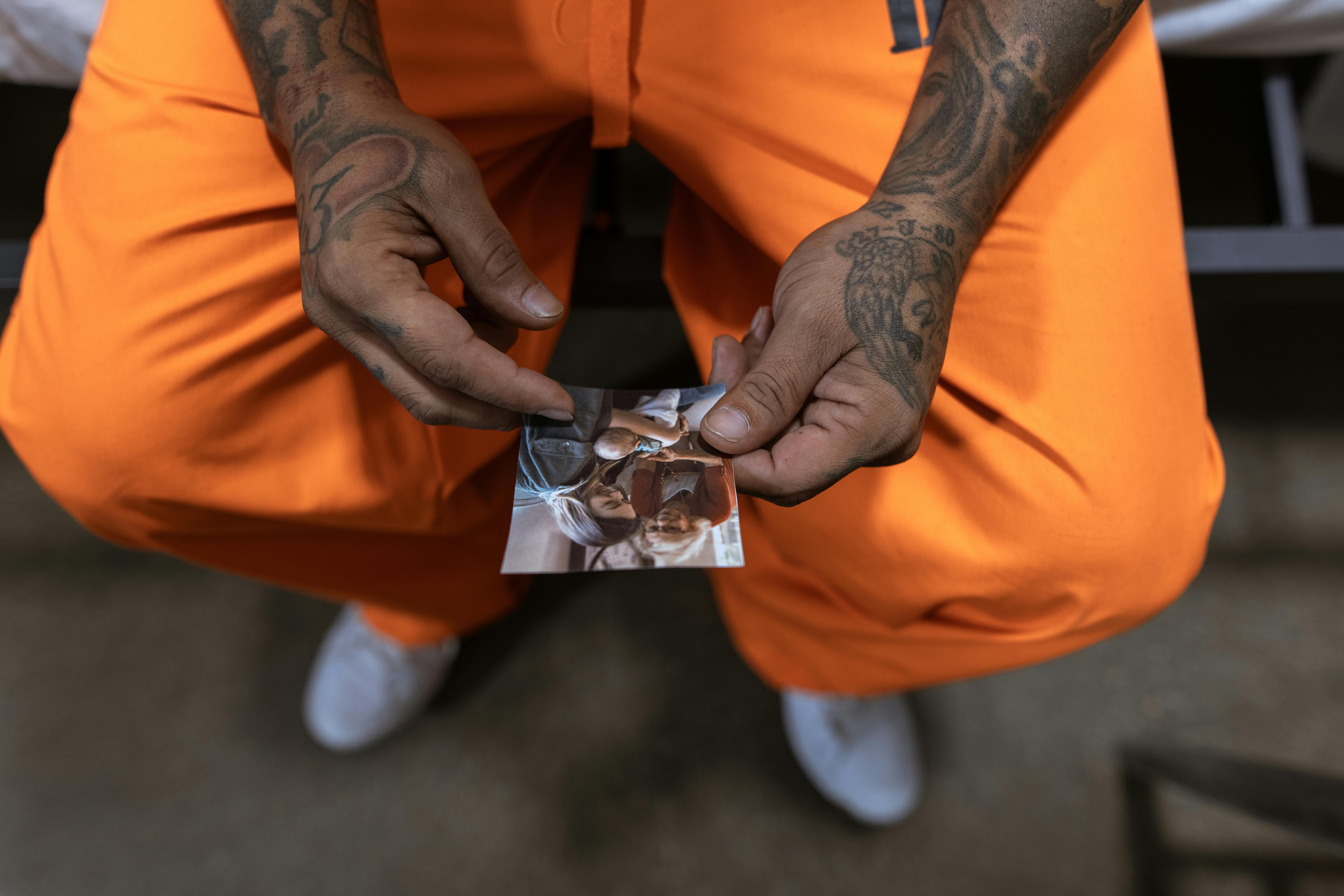
Emergency Savings Account: Save More Than Just Money
Few, if any, of us escape life’s financial challenges. Whether it’s job layoffs, unexpected medical bills, or a spouse’s loss of income, having insufficient reserve funds to pay even one or two months of our bills can lead many to incredibly tight budgeting, losing real estate and sometimes even bankruptcy.
As important as any other item in your budget, creating an emergency savings account with enough funds to pay three to six months’ worth of your monthly bills can provide the financial buffer you need to survive while you get your finances back on track.
So, even as you pay off your current debts, budget regular deposits into your emergency savings account at least until you reach your three-month spending level. Many financial planners even suggest having six months’ worth of expenses in such a savings account. To be safe, you should consider how long it would take you in your particular career and position to find and secure another job if your current income ceases. Positions in some professions take longer to find than others.
In the beginning, consistency is much more important than quantity, so even a $10 deposit each month is a good start. Many tend to spend any “leftover” money they notice in their checking account, so take out the savings amount as soon as you deposit your paycheck. To keep things simple, have your bank or credit union automatically transfer $10 or more from your checking account to your savings on a specific day each month. When the money is out of your checking account, you’ll be less tempted to spend it.
Once you’ve reached your emergency savings account target balance, take the monthly amount budgeted for this account and start applying it to any consumer debt you may have. Once you’re debt-free, that monthly amount should go toward investments and retirement plans.
To sum up:
1. Create and live by a personal or family monthly budget.
2. Open a new savings account – this will be for your emergency savings account.
3. As soon as you get a paycheck, deposit the money from your emergency savings account into your bank, even if it’s only $10 a month. Increase as your budget and income allow.
4. Determine how much you pay each month for expenses.
5. Keep putting money into your Emergency Savings Account until you have a balance equal to at least three months of expenses.





